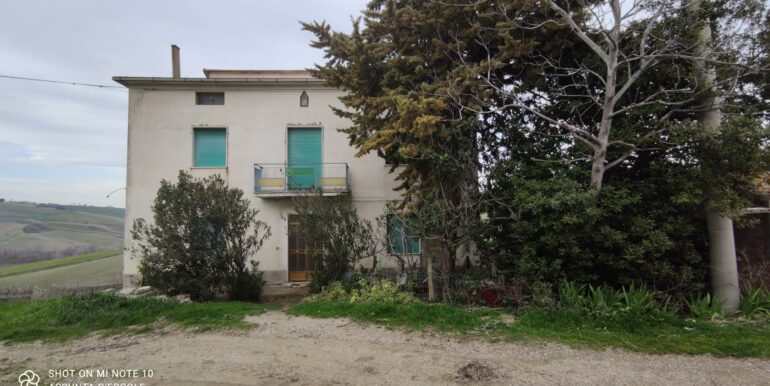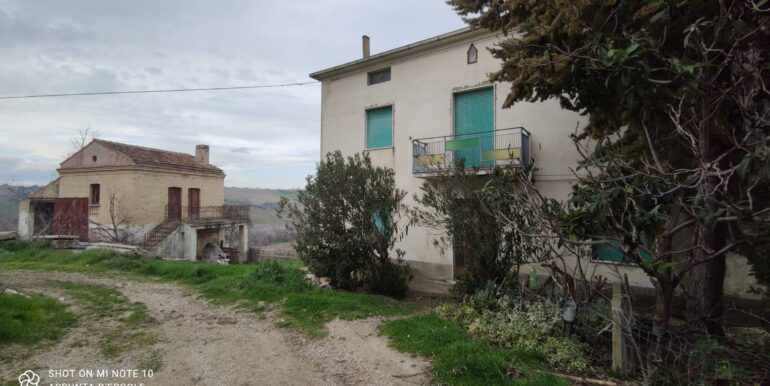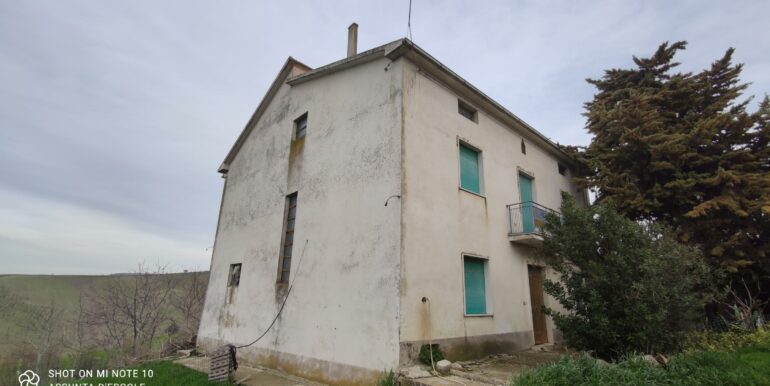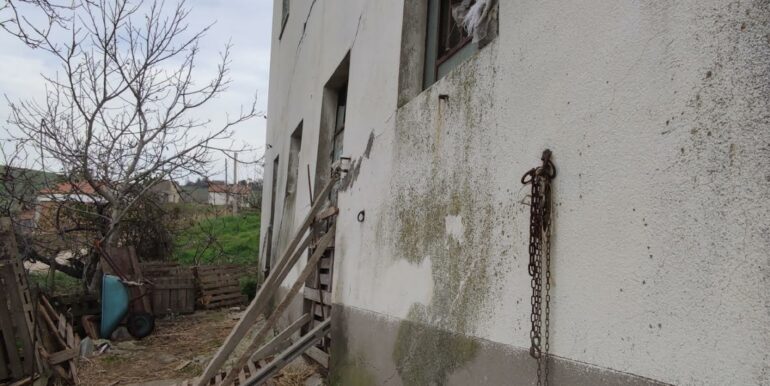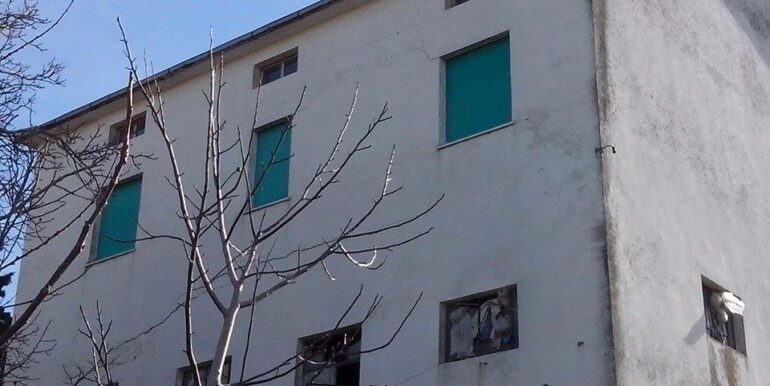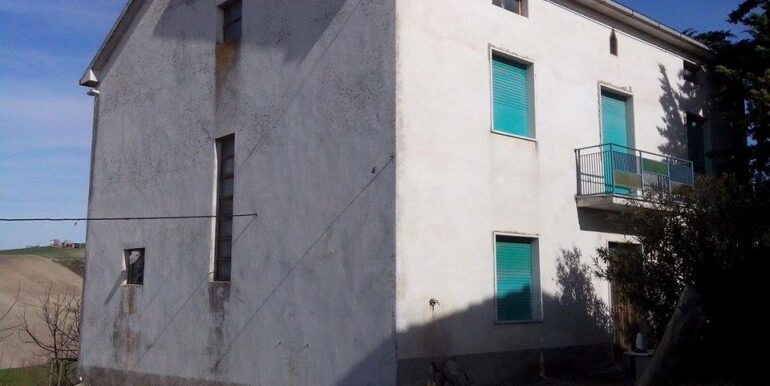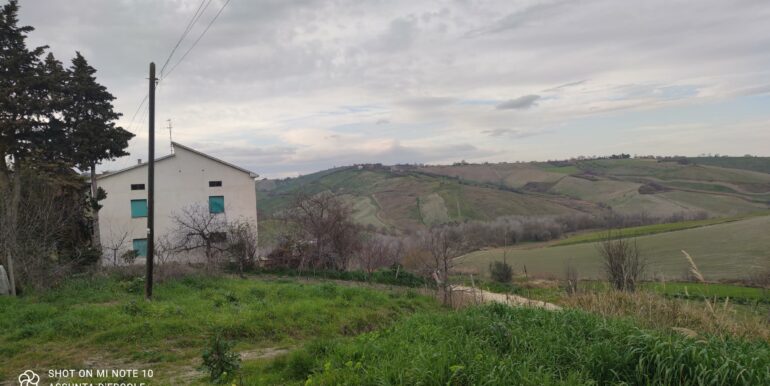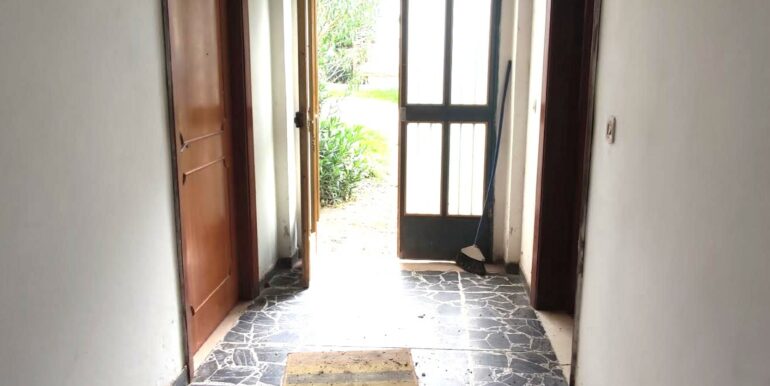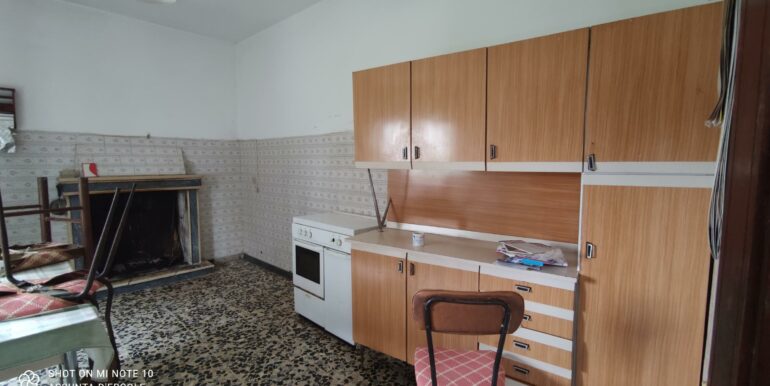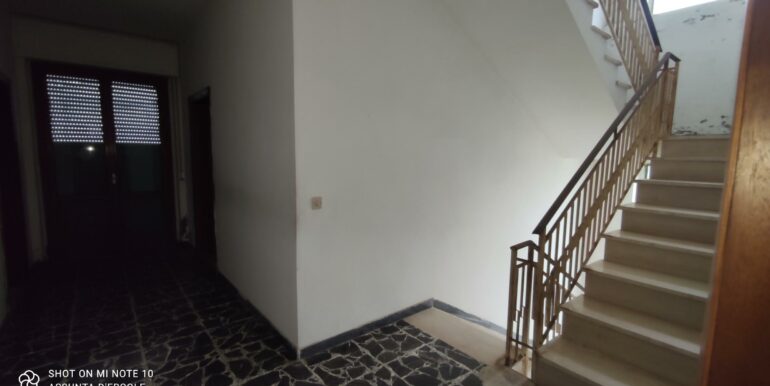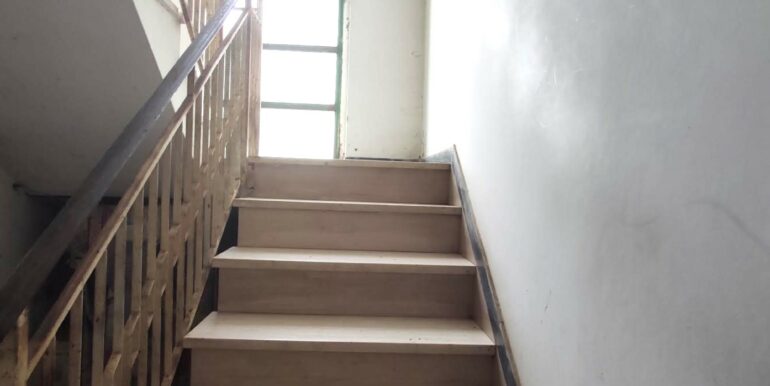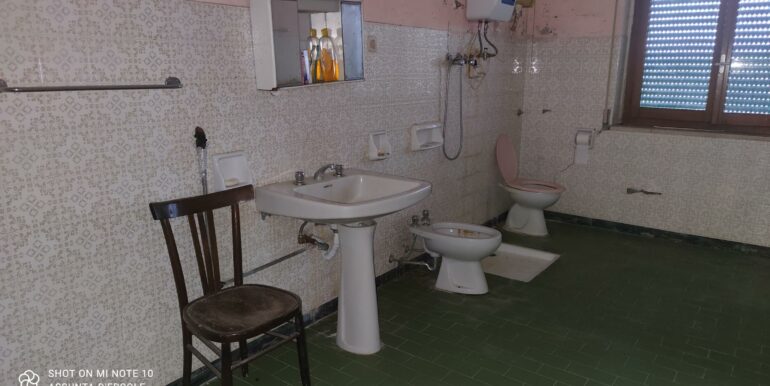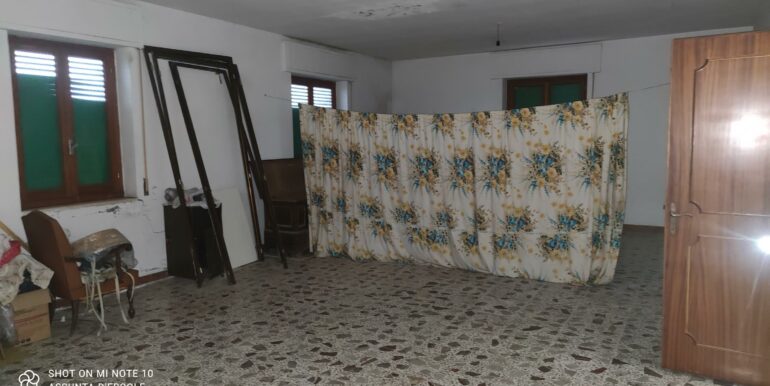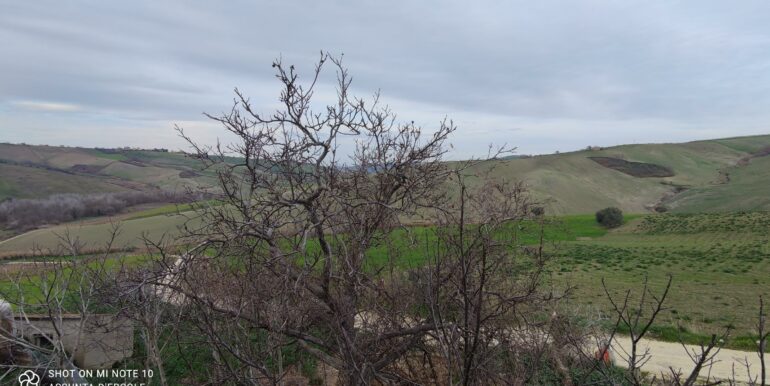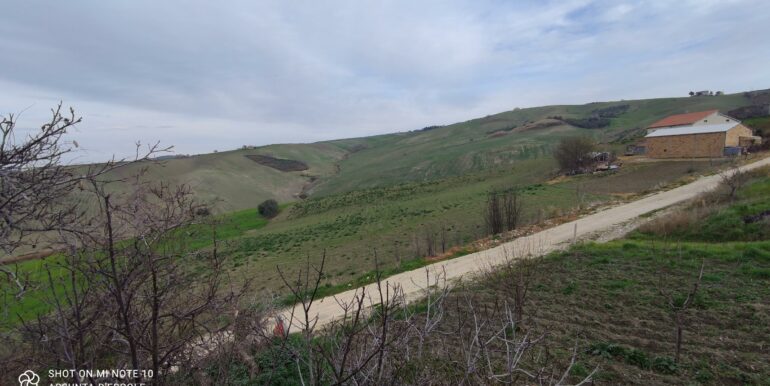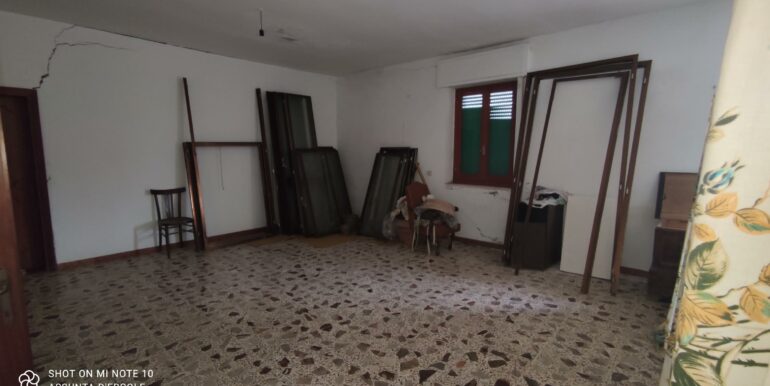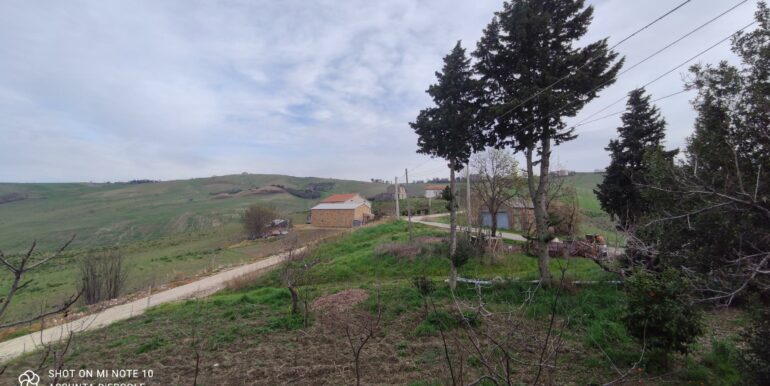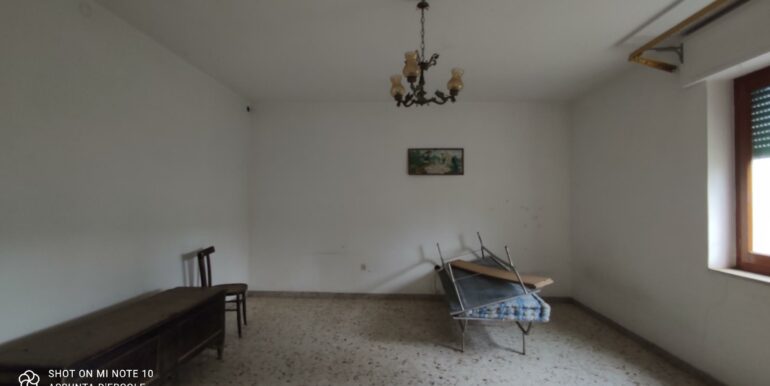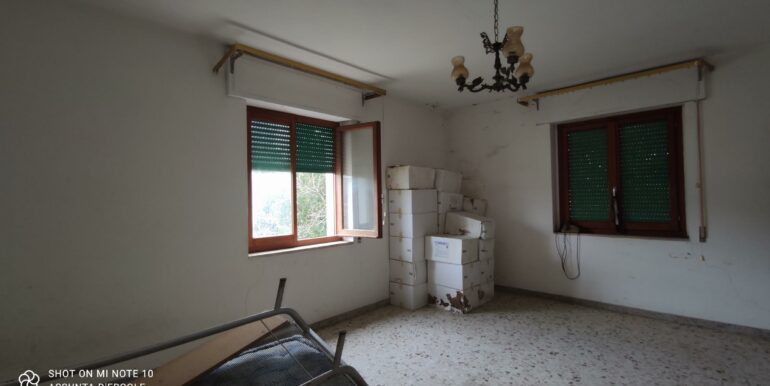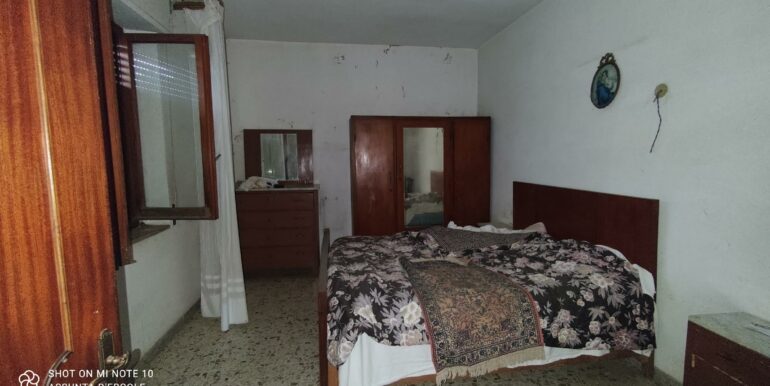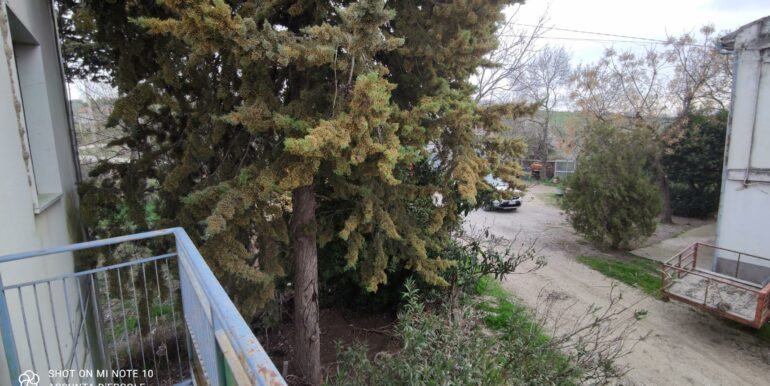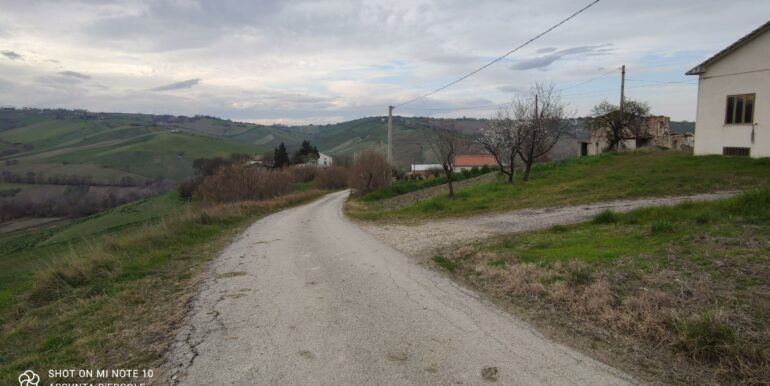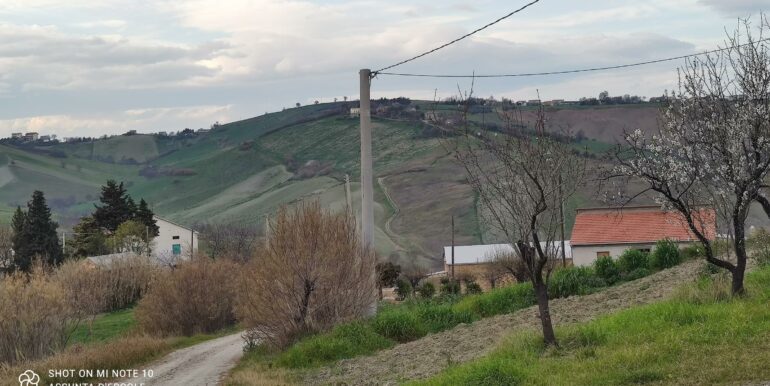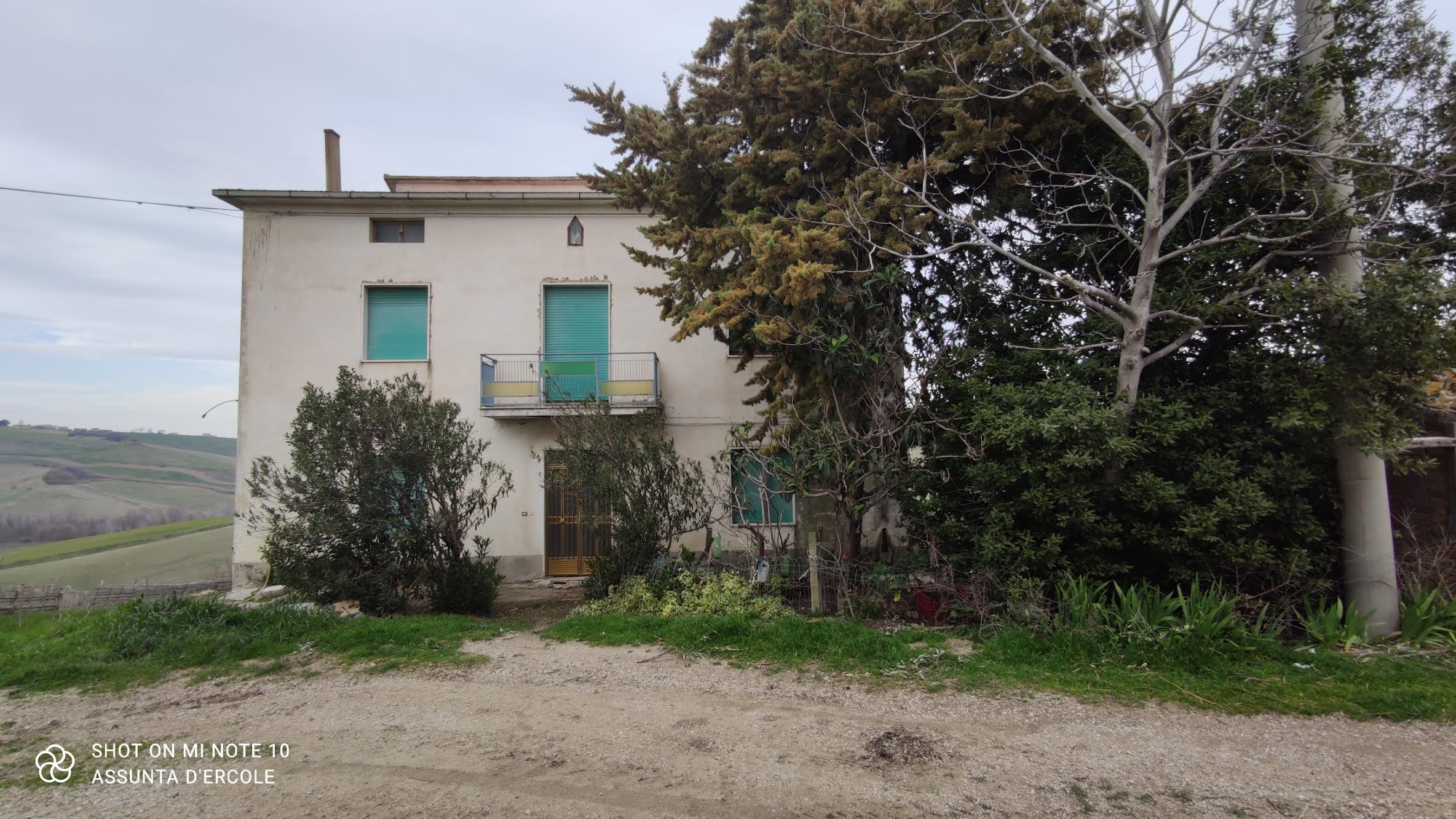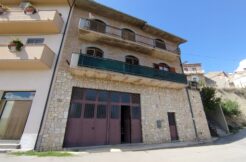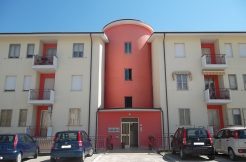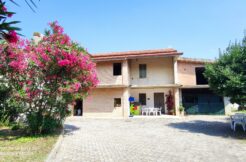Property ID : 1317
Sale €55.000,00 - Indipendent house, Cottage, Rustic
Farmhouse on two levels as well as the attic floor.
The farmhouse consists of entrance, kitchen and dining room downstairs; 3 bedroom and bathroom on the first floor; attic on the second floor with a minimum height of one meter and a maximum height of three meters e 35. Attached to the house there is a place stable. The farmhouse has a beautiful garden and a view of the hills that looks like a fresco.
Surfaces: home 165 m, stable 55 m, about attic 110 m, garden 1770 m
Price: 55000
Class energetica: G
Distances:
Information about Atessa: Altitude 433 m s.l.m. ; Surface,es 110.98 km²; Type of territory Coastal hill; Inhabitants 10570
All the reasons to look for a house in Atessa
Looking for a house in Atessa, in provincia di Chieti, It is to immerse yourself in a world of medieval structure surrounded by the natural scenery of the mountain community Valsangro, while enjoying every privilege and comfort offered by modernity. The immense historical and artistic heritage enjoyed by the city, the largest by extension the province of Chieti, It is in fact a counterpart to economic development known from the opening of the industrial complex Honda-Sevel. The industrialization process, Party between the seventies and eighties, It brought the city economic structure to evolve from a purely agricultural and handicraft model to the dynamism of a typical industrial society, without giving up a strong identity that makes Atessa a real gem, to discover and to live.
Atessa, ancient city of medieval mold
The long history of Atessa dates from the fifth century AD, immediately after the fall of the Western Roman Empire. But it is with the Middle Ages that the city knows its heyday, becoming in the fifteenth century the town beloved by Queen Giovanna II of Naples. After Lanciano, Atessa is the second city of Val di Sangro best-preserved, with historical imprint evident in the alleys, in the churches, in the palaces. The medieval traces overlook from every corner although, in the mid-eighteenth century, many structures were modified with the cooked, according to the dictates of the late-Baroque. The current center was founded by the conurbation of two settlements that date back to the Lombard period (sixth century), "Ate" and "Tixa" (from which the town takes its name), that today correspond to the districts of Santa Croce and San Michele.
Atessa and its architecture
Solder the two quarters of Atessa there is the Cathedral of San Leucio (XIII-XVIII secolo). The agglomerates have a typical helical structure around a city concerned by different processes of expansion. The homes in Atessa are positioned on the lines of this evolution, dialoguing with the city's history. The ancient Tixa, Today Holy Cross, branches around Piazza Castello and the outermost ring (Via Menotti de Francesco), It acts as a link between off Town Hall and Piazza Santa Croce with the, ancient church. The ancient design of the outer walls is marked by the Madonna of the Belt churches, Porta Santa Margherita, plazas and walls. South of San Leucio is the village of Ate (San Micheal), with a spiral culminating in wide tower structure. In this area Atessa the main church is San Michele (VII-nineteenth century). In the district there are many historic buildings, as Palazzo Spaventa, in addition to the churches of San Rocco, St. Mary of Sorrows and St. John.
The palaces Atessa
In addition to the many churches, there are countless civil architecture of Atessa, from the Palace of Scalera or Casa De Marco in Largo Castello at Palazzo Santa Croce in Carunchio, Palazzo always Flocco in Largo Castle to Palazzo Coccia-Ferri in the San Michele district in via Belvedere. Then there are the Town Hall, who is a former Dominican Convent, Palazzo Spaventa, Palazzo De Francesco, Palazzo Marcolongo, Palazzo Marcone, Casale San Marco, Villa Satrino. in conclusion, have a house in Atessa means to live in a place rich in sights, suggestions, religious architecture, civil and even military: Atessa, indeed, It was a city with a defensive wall with towers and gates, several of which are still visible vestiges, ie the three surviving gates, the circular tower and remains of corbels belonged to a tower destroyed.
Atessa between folklore, religion and legend
For Atessa folklore and tradition are powered by the legends about the origins of the city. It is said that once, in the valley of Rio Falco, He lived a giant, scary dragon that terrorized the population, demanding a daily human sacrifice to his meal, without which he would have devastated the villages. According to legend, San Leucio, then Bishop of Brindisi, He was able to kill the dragon, Atessa in bringing together the two nuclei of Ate and Tixa who were separated precisely from Rio Falco. In the cathedral dedicated to the patron saint of the city, It is still kept a relic that popular devotion considers the Dragon rib. The feast of San Leucio is celebrated on January 11. Another patron is San Martino Abruzzo Atessa, born in the city: he is dedicated to the celebration of 11 November. The earliest manifestation of Atessa, But, It takes place from 15 to 18 August and is dedicated to Saint Mary of the Assumption, Rocco, San Leucio and Emidio. The first and last Sunday of May, Furthermore, It takes place The Ntorcia. It is a candle brought in procession to Fara San Martino: the ride can get to last 17 ore.

